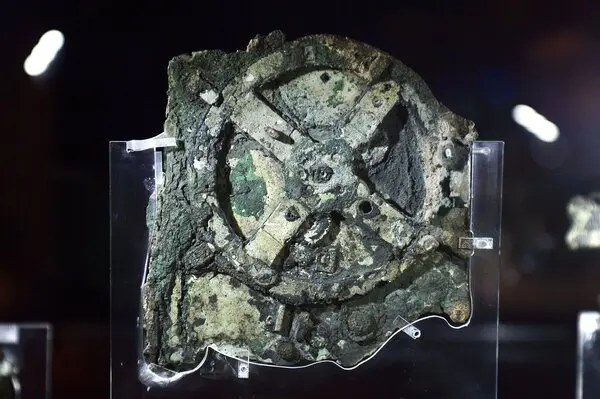By: Brady Cheng
A mysterious calculator, the Antikythera Mechanism, made 2,200 years ago was found from a shipwreck near a Greek island in 1901.
People describe it as the world’s first analog clock, and it is still unknown what it was. A recent study in The Horological Journal challenges a commonly held belief about how the timepiece works, potentially changing our understanding of these intricate devices. Instead of traditional archaeological tools, the researchers used techniques from gravitational wave astronomy, a field focused on detecting subtle disturbances in space-time caused by cosmic events.
Graham Woan, an astrophysics professor, and Joseph Bayley, a research associate, said the mechanism’s calendar ring once contained 354 holes, relating to a lunar calendar with 354 days.
“It’s a slightly contentious idea,” said Dr. Woan, “However, the evidence is rather clear.”
But many of the holes are broken and could not be analyzed. Dr. Woan ran measurements and the results showed that there were 354 holes in total.
Mike Edmunds remains unconvinced that the mechanism carried a redundant lunar calendar.
“The suggestion that 354 represents a lunar calendar does not seem to have any other support from within the mechanism — it is not at all clear how it would work and how it would relate to the markings on the front of the calendar ring,” Dr. Edmunds said. “But the establishment of the count may perhaps tell us something about the level of precision in construction judged necessary and used by the mechanism’s builders.”
This ancient computer may be more advanced than we can imagine.











